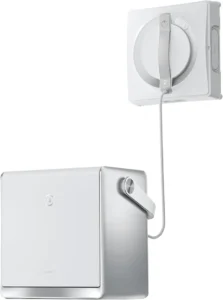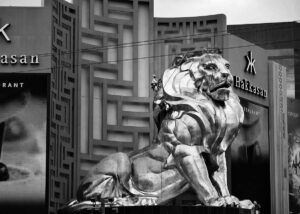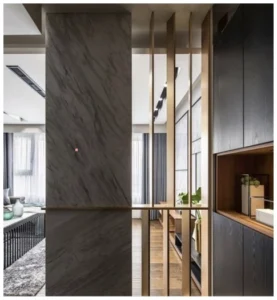
Every business or household handles items that should be kept aside for future use. These may include seasonal tools, extra supplies, or files no longer in daily use. Selecting storage units in Dubai that match different financial plans is part of everyday planning.
Start with a basic plan
Some people only store a small number of items. In these cases, simple boxes or portable containers work well. Stackable units are also easy to arrange in a small area. This type of storage usually suits low budgets and involves very little set-up.
Look at short-term use
For items that are only stored for a few weeks or months, short-term rental units may suit the routine. These are available in various sizes and usually do not want long contracts. This method works for people who are moving, shifting stock, or dealing with seasonal changes.
Check shared storage options
Shared or community storage is another choice for those with limited storage requirements. These allow users to rent smaller parts of a larger unit. It lowers the cost compared to private full-sized storage while still keeping items safe.
Explore digital storage plans
Digital records, files, and photos can also take up space. For such items, cloud storage plans are available at different rates. Some are even free for a limited amount of data. As data grows, plans can be adjusted to match changing storage habits.
Consider off-site storage
Off-site storage is often used by people who do not want to access items daily. These units usually cost less than ones located in high-traffic areas. Although they may be farther away, they offer more size options within the same budget range.
Choose by access and frequency
Storage units that are accessed often may benefit from being closer and more secure, which could raise the cost slightly. Less frequently accessed units might be placed in less central locations. Matching location with usage habits is a simple way to control cost.
Storage units are available at different price points, and the right choice depends on how often the items are accessed, how long they are kept, and how much space is necessary. By comparing available choices and planning around current habits, it is possible to manage storage requirements while keeping costs in check.







